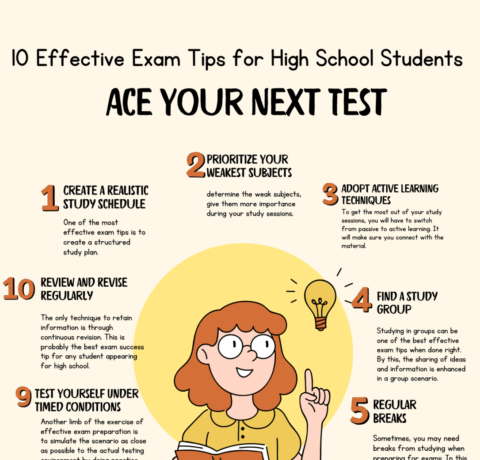Nurturing the Middle School Mathematicial Mind Infographic
The middle school mind is…different. As 13-year-old Logan LaPlante described in his Ted Talk Hack Schooling Makes Me Happy, “Neuroscientists say that the teenage brain is pretty weird: our prefrontal cortex is underdeveloped, but we actually have more neurons than adults, which is why we can be so creative, and impulsive, and get bummed out.” Truer words were never spoken around this subject. To reach and teach the middle school math mind, understanding its inner workings and leveraging current best practices just makes sense. The Nurturing the Middle School Mathematicial Mind Infographic provides some answers to who middle school students are, how they learn, and classroom strategies to make sure they stay engaged at this extremely critical time in their learning lives.
Who Are Middle School Students?
Independent: Support a strong sense of self. Value and leverage each student’s unique prior knowledge and reasoning abilities to nurture confidence. Provide independent think time as students transfer critical thinking to new situations and contexts.
Emotional: Be aware of and learn to temper extremes. They often “love” or “hate” and are “good at” or “bad at” everything-including math. They are nervous and trying to cope with changes. Nurturing a growth mindset and connecting math to real life helps offset “all or nothing” attitudes.
Social: Make math port of being "in with the in crowd". It’s all about being a valued part of the group. Engaging with peers and cultivating relationships in learning experiences helps create a true community of mathematicians.
Students’ Personal Access Mobile Devices Grades 6-8
- 73% Use Smartphones
- 66% Use Laptops
- 61% Use Tablets
- 48% Use Digital Readers
How Middle School Students Learn
Collaboratively: Honor, hear, and discuss every student’s personal ideas, strategies, and contributions.
Individually: Let them work at their own pace and learning style and take ownership of their learning.
Technologically: Leverage blended learning that takes advantage of new interfaces which encourage students to explore new ideas.
- Of 100 middle school students, 93 want to go to college
- Of those, 70 graduate from high school
- Of the high school graduates, only 44 enroll in college
- Of those enrolled in college, only 26 will successfully earn a college degree
How Can You Teach to Reach Middle School Students?
Engagement: Try Gamification. The evolution and expansion of educational software with game-like protocols and rewards capture the imagination and drive persistence
Connectedness: Try Blended Learning and Community Conversations. A valuable approach for students to express challenges and problem solve together.
Motivation: Try Challenging with Difficult Problems. Provide unique challenges that are purposeful, personalized, and thought provoking. Build confidence by making sure every student’s needs are met.
Independence: Try an Adaptive Program. Build ownership while providing a supportive platform for guidance. Goal setting and progress monitoring support independent learning pathways and a sense of accomplishment.
Only 35% of 8th grade students are math proficient. How can we change that statistic?
By building middle school mathematicians who are:
- Critical thinkers with a growth mindset that enables them to tackle complex problems in unique and effective ways.
- Students who are given learning opportunities for authentic engagement with content, development of conceptual understanding, and achievement of procedural fluency.
- Curious, self-directed learners who persist through even the most challenging problems.







You can adjust your cookie preferences here.